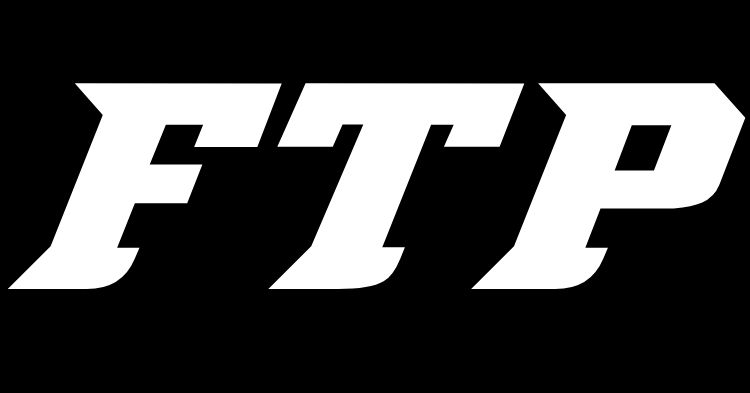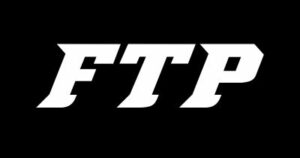“Is This Glove Made of Gold?” – Breaking Down If Expensive Hockey Gear Is Actually Worth It
If you’ve ever walked into a hockey store and felt like you needed a second mortgage just to buy a new stick, you’re not alone. Hockey gear isn’t cheap — and the top-shelf stuff? It can get downright outrageous. But is paying premium prices really worth it, or are you just paying extra for fancy logos and flashy marketing?
Let’s break it down with four key points to help you decide whether dropping big bucks on gear is smart… or just insane.
1. Fit and Protection Matter More Than the Price Tag
Here’s the truth: how well your gear fits and protects you is way more important than what it costs. A $500 pair of shoulder pads doesn’t do you much good if they shift every time you get hit. A mid-range set that fits perfectly? Way better.
Higher-end gear usually comes with more adjustability and lighter materials, but the best gear is the stuff that keeps you safe and lets you move comfortably — whether it costs $100 or $400.
Bottom line: Fit is king. Try it on. Move around. If it feels great and protects you, go for it — even if it’s not the most expensive option.
2. Top-End Sticks Are Cool… Until They Break
Ah, the $350 composite stick. Ultra-lightweight. Built with “carbon nanotube wizardry.” Promises like “maximized kick point efficiency.” But you know what else they’re good at? Snapping in half on a slapshot.
Elite sticks offer better puck feel and shot release, no doubt. But if you’re breaking them often, those costs add up fast. There are excellent mid-tier sticks in the $120–$180 range that hold up well and perform almost as good.
Bottom line: Unless you’re playing at an elite level, you probably won’t notice a huge difference between a top-tier and mid-tier stick — except when you’re constantly replacing the pricier one.
3. Skates Are Where the Extra Money Can Actually Count
Skates are the one place where spending more might actually be worth it — especially if you’re playing frequently. High-end skates are lighter, stiffer (which means more energy transfer), and heat-moldable for a custom fit.
Cheaper skates tend to be heavier, break down faster, and don’t offer the same level of support. If your feet hurt or your stride feels sluggish, it might be worth stepping up to the next tier — but that doesn’t mean you need the $1,000 model either.
Bottom line: If you’re serious about hockey and skating 2–3 times a week, mid-to-high tier skates are a smart investment. But there’s no need to go full NHL unless your wallet wants a workout, too.
4. Kids Outgrow Gear Faster Than You Can Say “Hat Trick”
If you’re buying gear for a kid who’s growing like a weed, splurging on top-end gear often isn’t worth it. That $300 stick or $500 skates might fit for a few months before it’s time to size up.
There are plenty of high-quality youth and intermediate-level gear options that offer great protection and performance at a much more reasonable price. Save the fancy stuff for when they stop growing every season.
Bottom line: For kids, prioritize good protection and fit over flashy tech. They’ll outgrow it faster than they’ll wear it out.
Conclusion: Is Expensive Gear Worth It?
Yes… sometimes. But not always.
If you’re an elite-level player, skate several times a week, or really notice the differences in weight and performance — high-end gear can give you an edge and may be worth the price.
But for most rec players, weekend warriors, or growing kids? Mid-tier gear often gives you the best bang for your buck. It’s safe, reliable, and won’t require selling a kidney to afford.
So no, that glove isn’t made of gold. But the smart choice? Spending money where it matters, and skipping the hype where it doesn’t.



